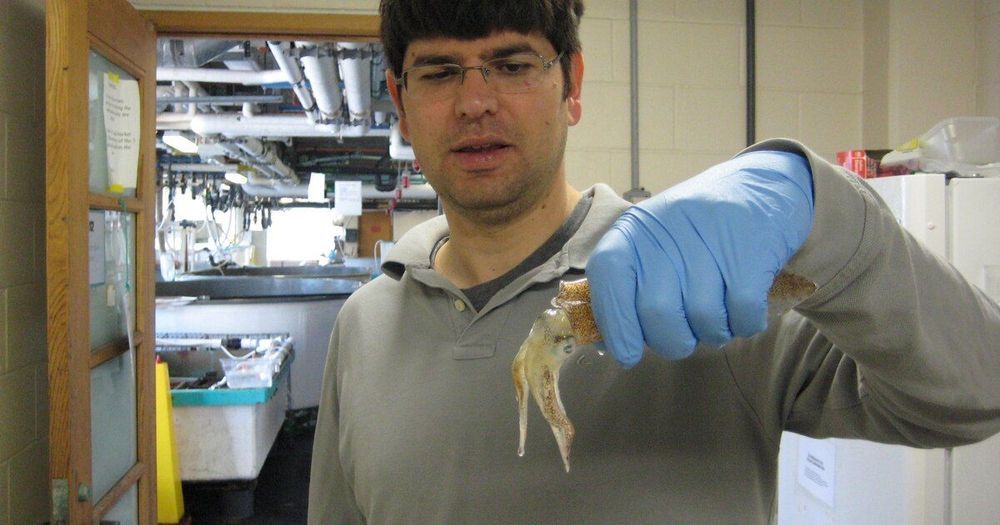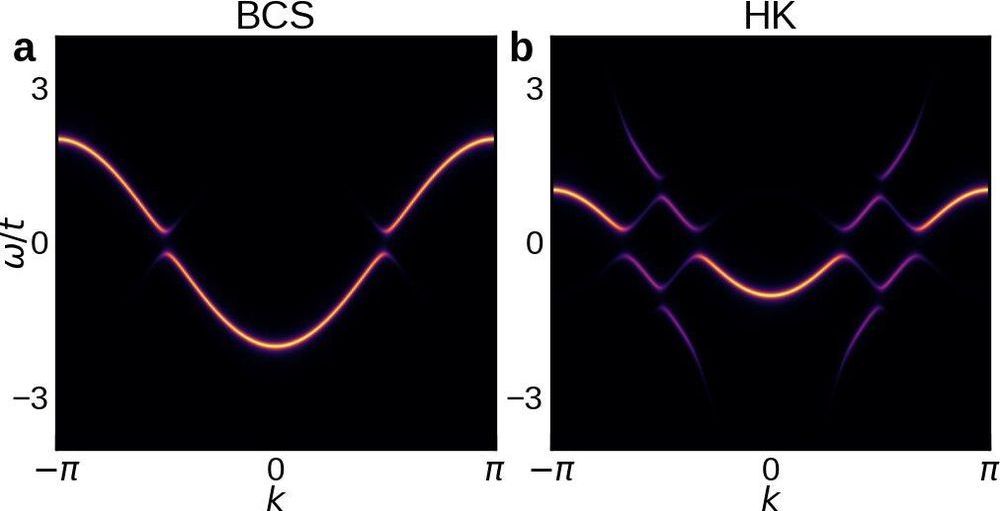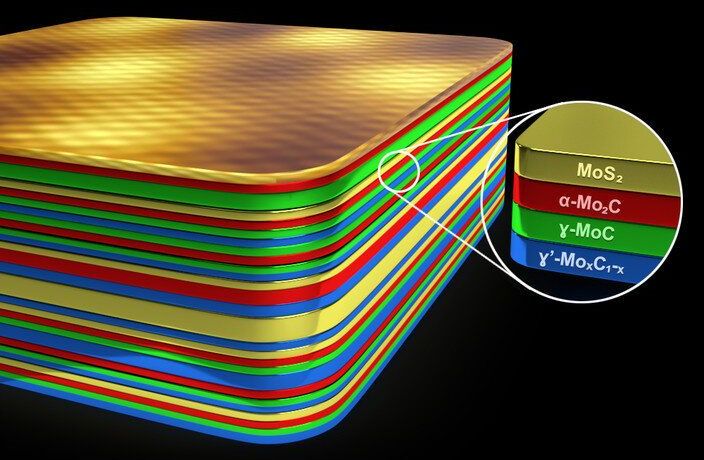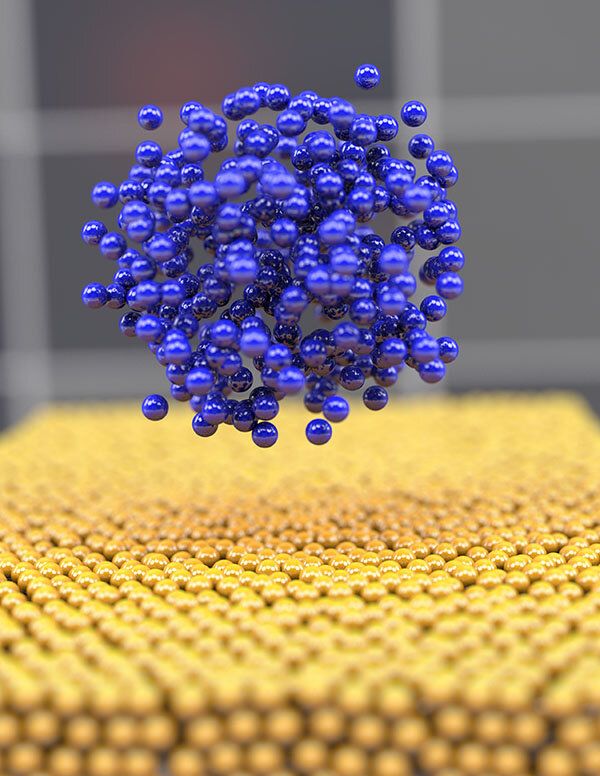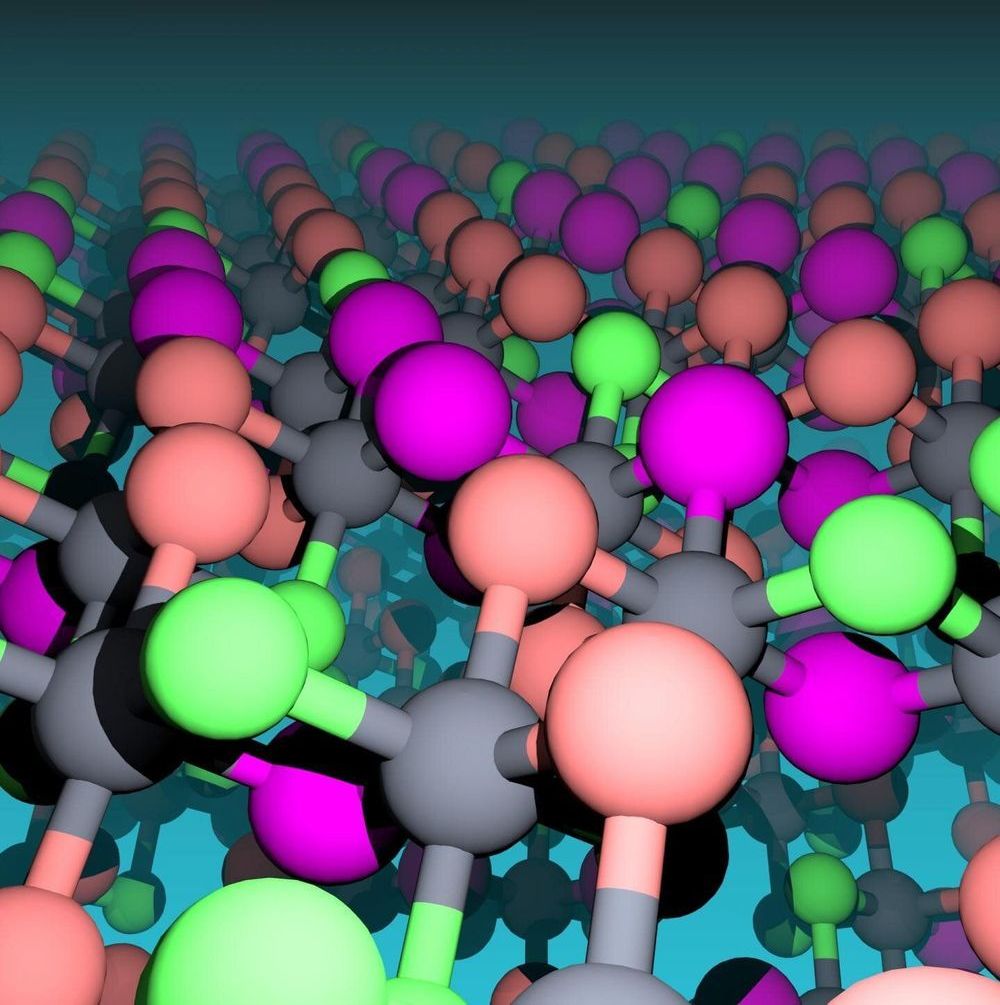Researchers have for the first time managed to use electricity to switch on magnetism in a material that’s normally non-magnetic. The find could be a step towards making electronic components out of common materials that might not otherwise be suitable.
Put simply, ferromagnetism – the strongest form of the phenomenon – arises in a material when the majority of electrons in its atoms spin in the same direction. For non-magnetic materials, the electrons are usually paired up so that their opposite spins cancel out the magnetic field.
There aren’t many substances that are natively ferromagnetic, but the most common ones are iron, cobalt and nickel, as well as their alloys. That doesn’t give engineers all that much to work with when creating electronic devices.

